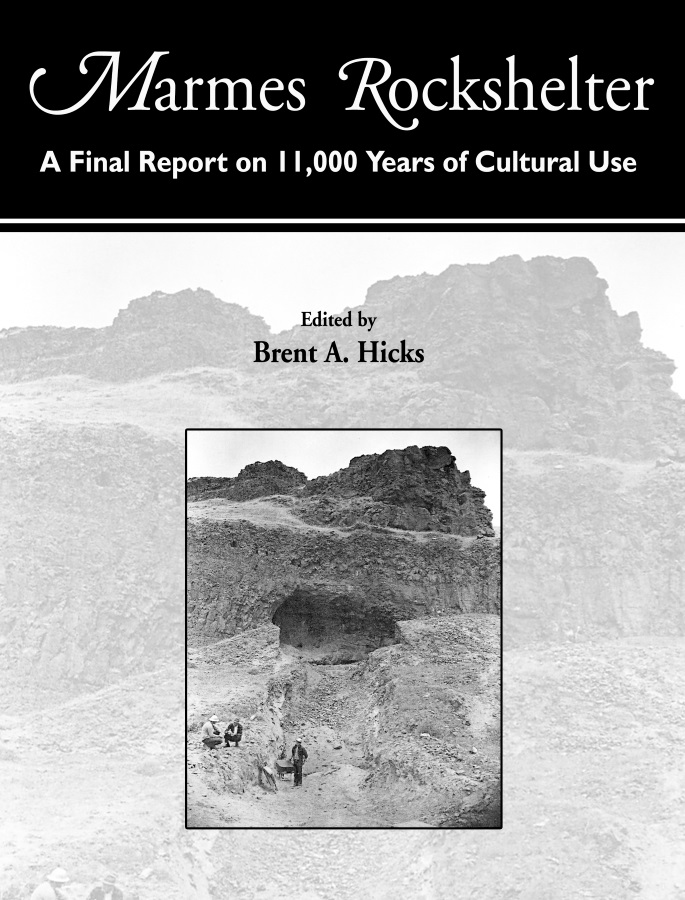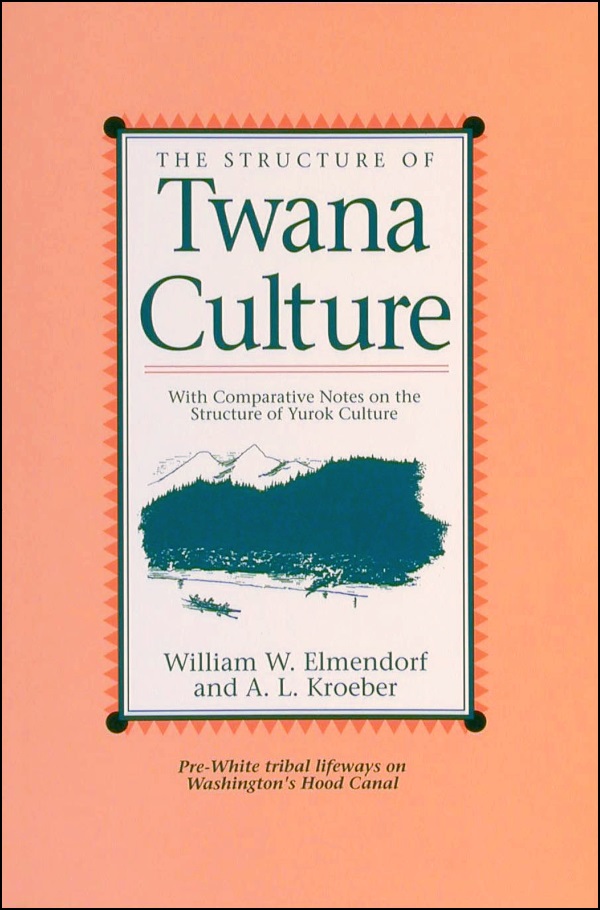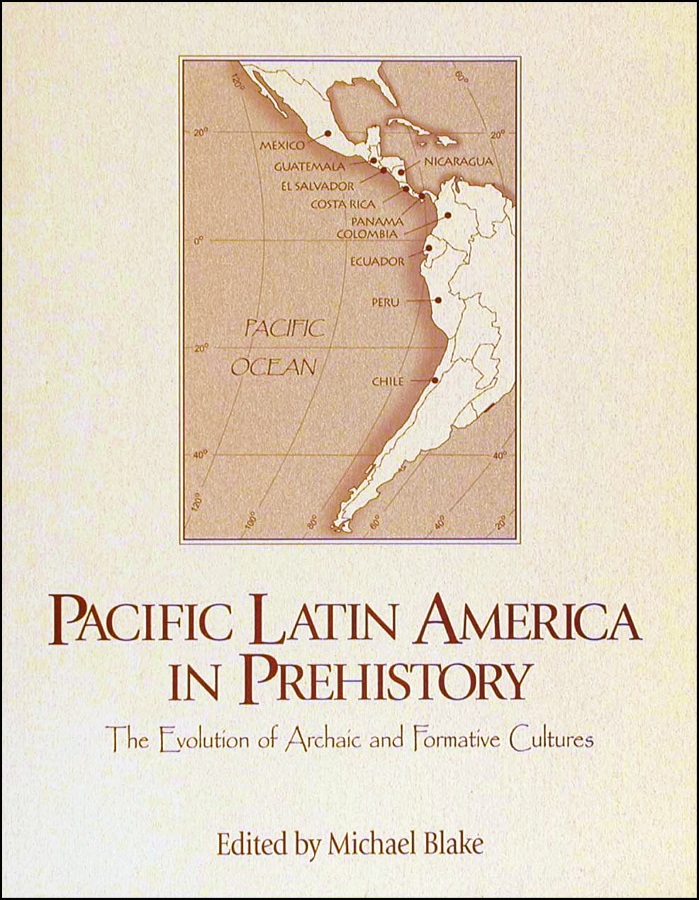Description
Most studies of socio-cultural complexity have focused upon food-producing cultures and their “progression” through a number of “evolutionary” stages. Normatively, hunter-fisher-gatherer societies were denied any participation in, let alone contribution to, their linear march toward “progress.” While recognized as “complex,” Northwest Coast societies and/or “cultures”’ were considered anomalous, aloof, and unique and therefore removed from the discussion and ignored. Worse still, because of such interpretations they were divorced from any discussion or comparison with their culturally similar Northern Athapaskan, Yupik, and Iñupiat neighbours. Only a small handful of studies pleaded for their inclusion in what they saw as a continuity of cultural development and grades of complexity. In order to restore the Northwest Coast societies and their cultures to their proper places in an understanding of hunter-fisher-gatherer societies and cultural developments, this work undertakes an integrated archaeological and ethnographic analysis of the Haida, who still live in the Haida Gwaii archipelago off the coast of British Columbia, Canada.
The major thrust of this work is the proposal of an effective and objective way to measure and evaluate community, kinship, ranking, and governance as they express complexity and power by means of statistical analyses of all the available archaeological, ethnohistorical, and ethnographic data. These results are then placed in a context of bordering Northwest Coast and neighbouring Northern Athapaskan, Eyak, Yupik, and Iñupiat societies in order to demonstrate the continuities and clinal nature (distance-decay) of the observed and measured cultural variation. The ultimate goal is the measurement and interpretation of socio-cultural complexity in protohistoric hunter-fisher-gatherer societies in northwestern North America.
Distributed title
Illustrations / maps / references / bibliography / 594 pages










